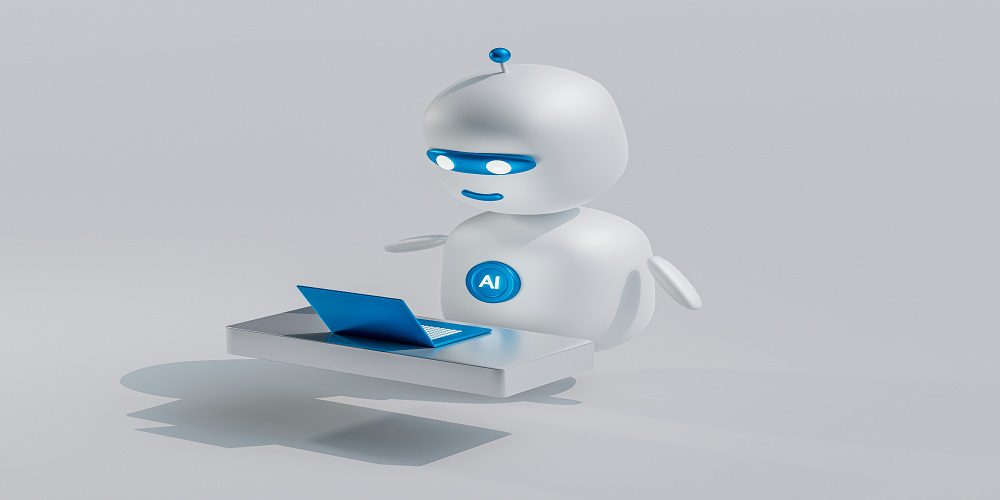Introduction
In the dynamic realm of the internet, a website serves as the virtual storefront for businesses and individuals alike. Crafting an engaging and functional website requires the expertise of a skilled professional known as a web designer. In this in-depth exploration, we will uncover the intricacies of web design, shedding light on the roles and responsibilities of web designers and how they bring digital visions to life.
Who is a web designer?
A web designer is a seasoned professional tasked with conceptualizing, planning, and executing the visual elements of a website. This encompasses a broad spectrum of tasks, including designing the layout, aesthetics, and ensuring a seamless user experience. Web designers leverage a blend of creative and technical skills to transform ideas into visually appealing and functional websites.
The role of a web designer has evolved, adapting to technological advancements and shifting user expectations. While graphic design remains foundational, web designers now possess a diverse skill set that includes coding and programming knowledge in languages like HTML, CSS, and JavaScript. This enables them not only to create visually appealing designs but also to implement them into functional websites.
Web designers focus on both the aesthetic and functional aspects of a website, working on elements such as color schemes, typography, images, and layout. They aim to align the overall design with the client’s brand and goals, ensuring an optimal user experience (UX) and user interface (UI) design for easy navigation.
Evolution of Web Design
Web design is a multifaceted discipline involving the conceptualization, planning, and execution of a website’s visual aspects. Evolving from simple HTML pages to complex, interactive platforms, web design today encompasses various skills, technologies, and tools for creating user-friendly and visually appealing websites.
Core Skills of a Web Designer
A. Graphic Design: At the core of web design is graphic design, where professionals create visually appealing elements like logos, images, and layouts.
B. Coding and Programming: Proficiency in HTML, CSS, and JavaScript allows web designers to transform concepts into functional websites.
C. User Experience (UX) Design: Optimizing website navigation, accessibility, and overall usability is a crucial aspect of web design.
D. User Interface (UI) Design: Creating visually appealing and intuitive interfaces, including buttons, menus, and interactive elements.
The Role of a Web Designer
A. Planning and Research
Client Consultation: Thorough discussions with clients to understand objectives, target audience, and aesthetic preferences.
Market and Competitor Analysis: researching industry trends, analyzing competitors’ websites, and gathering insights for the design process.
B. Wireframing and Prototyping
Creating a blueprint: using wireframes to sketch the layout and structure, outlining the placement of various elements.
Prototyping: developing interactive models for client previews before final development.
C. Visual Design
Color Theory and Branding: Considering color psychology and brand identity for visually cohesive designs.
Typography: selecting appropriate fonts to enhance readability and convey the desired tone.
D. Development and Coding
Responsive Design: Implementing techniques for optimal viewing experiences across various screen sizes.
Cross-Browser Compatibility: Ensuring seamless functionality across different web browsers for a diverse audience.
E. Collaboration and Communication
Collaboration with Developers: Working closely with developers to bridge the gap between design concepts and implementation.
Client Communication: Maintaining effective communication with clients through regular updates, feedback sessions, and adjustments based on preferences.
Tools of the Trade
A. Graphic Design Software
Adobe Creative Cloud: Utilizing popular software like Photoshop, Illustrator, and XD for visually stunning graphics and layouts.
Sketch is widely used by UI/UX designers, offering tailored features for designing user interfaces.
B. Coding and Development Tools
Sublime Text is a versatile text editor favored by web developers for its simplicity and powerful features.
GitHub is a collaborative platform that allows version control and seamless collaboration between designers and developers.
Trends Shaping the Future of Web Design
A. Artificial Intelligence (AI) Integration
Chatbots and Virtual Assistants: Enhancing user engagement with AI-powered instant responses.
Personalization: Delivering personalized content based on user preferences and behavior.
B. Augmented Reality (AR) and Virtual Reality (VR)
Immersive Experiences: Exploring AR and VR technologies for interactive web experiences.
3D Design: Integrating three-dimensional elements for added depth and realism, enhancing user engagement.
Conclusion
Web designers play a pivotal role in shaping the online landscape, blending creativity with technical proficiency. Their ability to translate client visions into functional and aesthetically pleasing websites underscores the significance of their craft. As the internet evolves, web designers will remain at the forefront of innovation, adapting to emerging technologies and pushing the boundaries of what is possible in the digital realm. Whether you’re a business owner seeking an online presence or an aspiring designer, understanding the intricate role of a web designer is essential for navigating the ever-evolving world of web design.



































